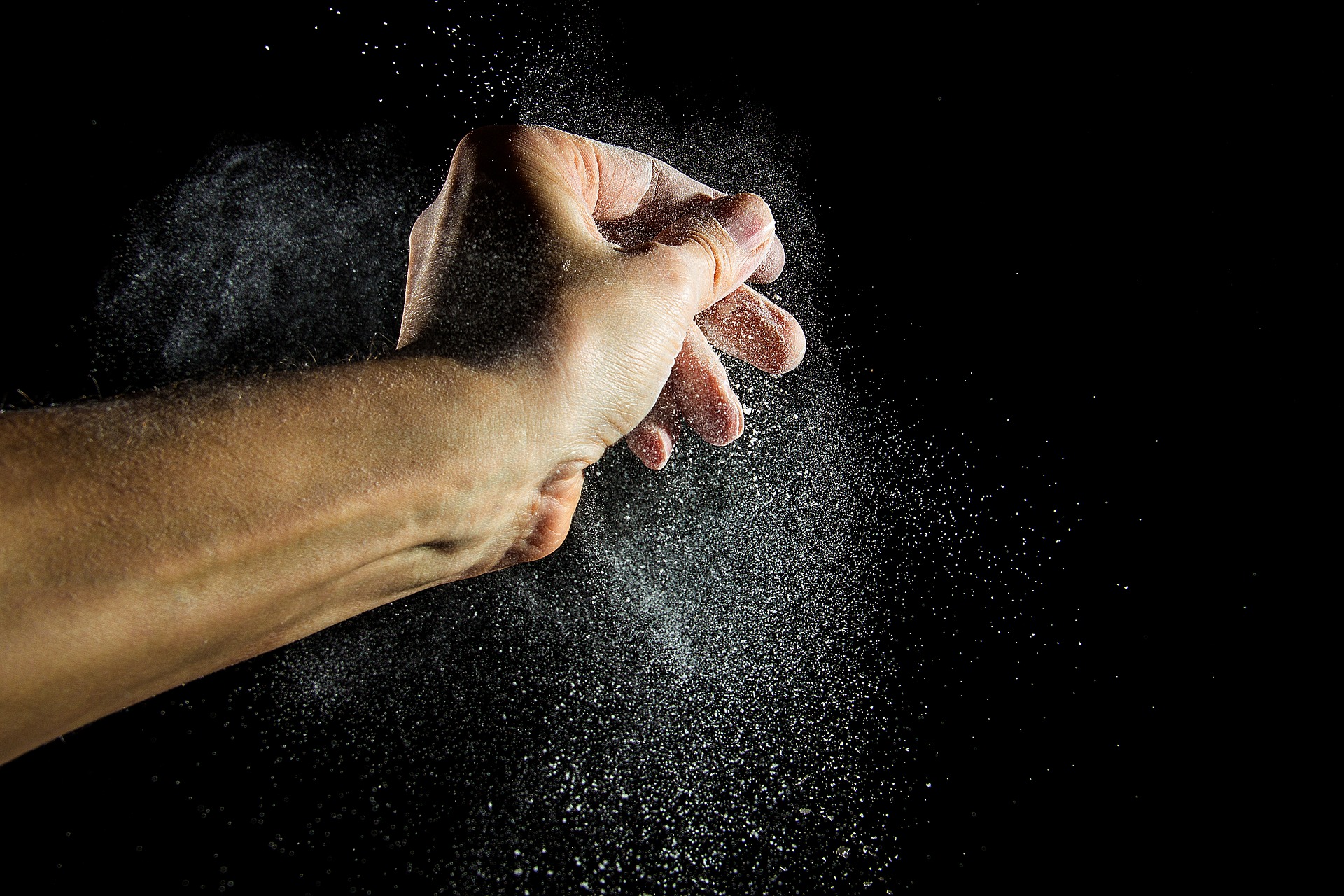
Medicine has come a long way in the last one hundred years. From penicillin to heart transplants to the latest work with stem cell research and other cutting edge treatments, our medical technology has far exceeded what our ancestors ever dreamed was possible.
Prior to the twentieth and twenty-first centuries, medicine was basically a crap shoot. Certainly, there were great thinkers who performed necessary research that laid the foundation for the standards of care we enjoy today. But by and large medicine was based on folklore, superstition, and magical thinking.
These fallacious thought processes led to many gruesome cures throughout history. One of the oddest, which was popular from the 12th to the 18th century in Europe, involved powdering the remains of the ancient dead.
A cure for what ails you
Mummy powder was obtained by raiding ancient tombs and plundering the corpses found inside. These could include the most famous mummies in history, Egyptian mummies, or other, less well known corpses. Once the appetite for mummy powder grew, manufacturers took to digging up any old corpse for their supply. Quite literally; any desiccated corpse would do, and buyers really could not tell the difference anyway.
Once the corpse was obtained, it would be ground down into dust. The powder could be mixed with various other substances and was prescribed to treat everything from headaches, stomach ulcers, to tumors. It could be taken orally or used as a plaster or salve. It was so popular that any apothecary worth its salt carried mummy powder among its stock.
Mistranslation and misconception
The odd idea that ground up corpse powder would somehow become a cure resulted from a misunderstanding. Bitumen is a naturally occurring petrochemical substance used in ancient times to treat arthritis, among other things. A Persian word for wax, mumia, was used to describe bitumen as well. The same word was used to describe a resin used by Egyptians during the mummification process, although that resin was not bitumen. Mumia is the root word for the modern term “mummy.”
If apothecaries (the ancient equivalent of a local pharmacy) could not get a hold of naturally occurring bitumen, they would source fake bitumen from mummies. Since the word for both substances were the same, bitumen became associated with mummies. In a case of mistaken association, the curative powers of mumia were associated with the corpse powder itself, rather than the stuff coating the dead body. Thus, the mummy powder industry was born.
Other odd cures
Mummy powder was not the only gruesome cure from history. It turns out that people have used human parts as medicine for as long as humans have had aches and pains. One cure for gout was rubbing human fat over the effected joints. The blood and liver of a hearty youth was seen as a cure of epilepsy in ancient Rome, leading to those who were afflicted to hang around the gladiatorial arenas. Some enterprising entrepreneurs sold fresh gladiator blood at refreshment stands for just such a purpose. Some doctors prescribed powdered skull in molasses for epilepsy.
These cures have faded into history. While there is a huge interest in homoeopathic and other alternative medicines today, no one seems eager to go back to the days when grinding up dead people and choking down the resulting powder was seen as a sound medical practice.
http://www.oddlyhistorical.com/2014/04/09/mummy-powder-gruesome-cure/
Sources:
Abrahams, Marc. “Mmm, yummy…mummies!” theguardian.com. December 8, 2008. The Guardian. Accessed on: February 16, 2014. Retrieved from: http://www.theguardian.com/education/2008/dec/09/improbable-research-mummies
Davis, Lauren. “Powdered Mummy, Gladiator Blood, and other Historical Medicines Made from Corpses.” io9.com. June 12, 2009. io9. Accessed on: February 16, 2014. Retrieved from: http://io9.com/5917027/powdered-mummy-gladiator-blood-and-other-historical-medicines-made-from-human-corpses
Dolen, Maria. “The Gruesome History of Eating Corpses as Medicine.” SmithsonianMag.com. May 7, 2012. The Smithsonian. Accessed on: February 16, 2014. Retrieved from: http://www.smithsonianmag.com/history/the-gruesome-history-of-eating-corpses-as-medicine-82360284/?all